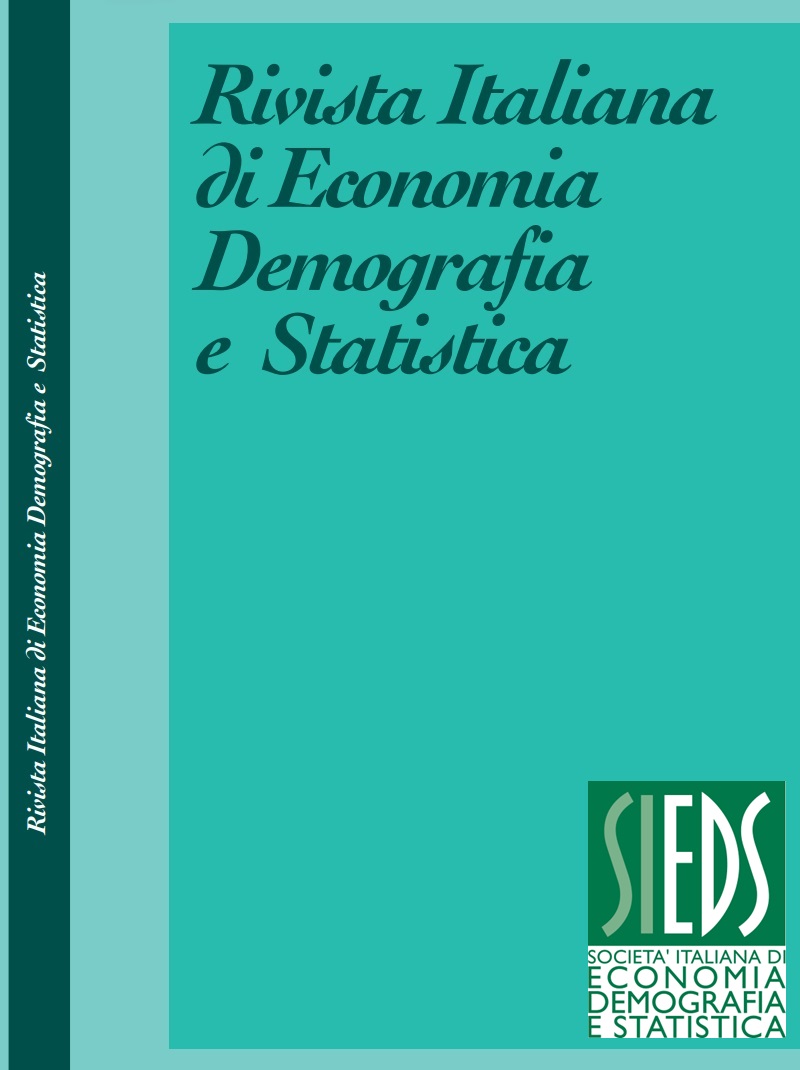Impact of digital learning on the interviewer’s performance
Abstract
The recent pandemic crisis has placed public statistics, and therefore Istat, in front of new organizational and methodological challenges in order to pursue the cognitive objectives and the commitments undertaken at national and international level, in compliance with the qualitative standards relating to all stages of production processes. In this new scenario for the training of the survey network, Istat has opted for the use of "distance" training tools instead of the traditional approach to face-to-face training, the organization of training and the production of the training materials.
In this paper we intend to illustrate the training objectives, the organization and schedule of the training activity with particular reference to the innovations introduced, the sharing and training tools to make a comparison between the two training methods, "face to face" and "distance" and compare the effectiveness of the two approaches.
With reference to the Permanent Population and Housing Census, the results observed in the last survey in 2021, for which training took place in the virtual classroom, will be compared with those recorded in the previous survey for the year 2019, for which the training was provided in person.
For this purpose, using a logistic model, the impacts on the performance of the interviewers will be compared with several indicators relating to the socio-demographic characteristics of the interviewer, his experience in the activity, the assessment of the skills acquired with the use of the training modules and measured during the final training test.
Downloads
Published
Issue
Section
License
Copyright (c) 2023 Nunzia Balì, Claudio Ceccarelli, Maria Teresa Fiori, Alessandra Lugli, Francesca Rossetti

This work is licensed under a Creative Commons Attribution 4.0 International License.



